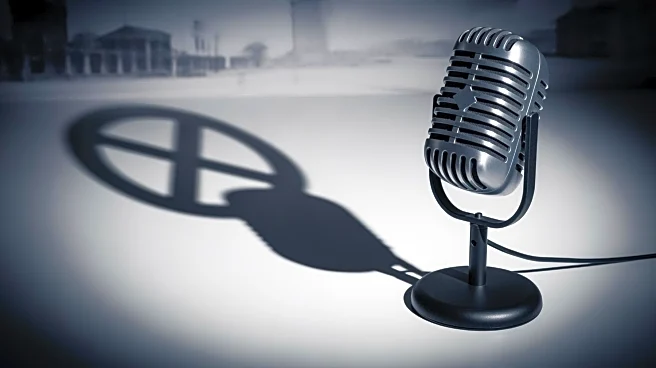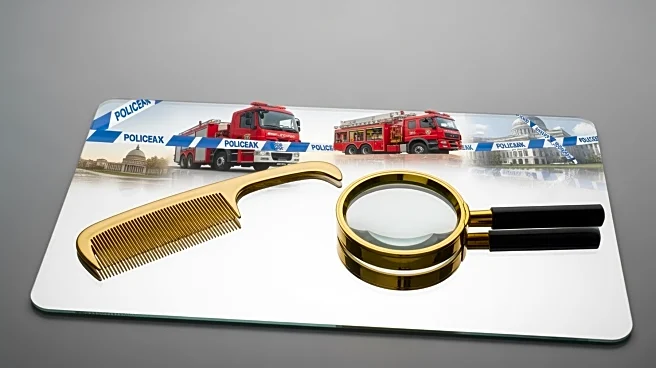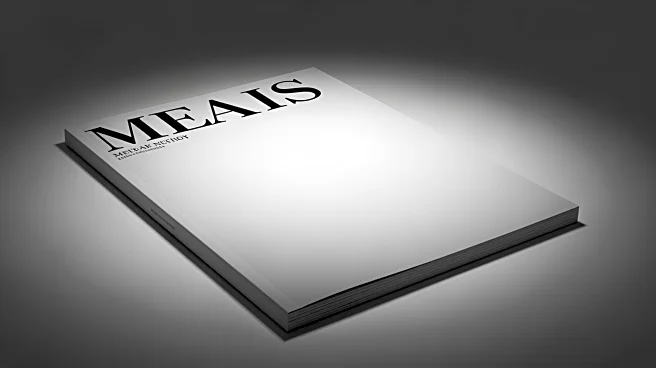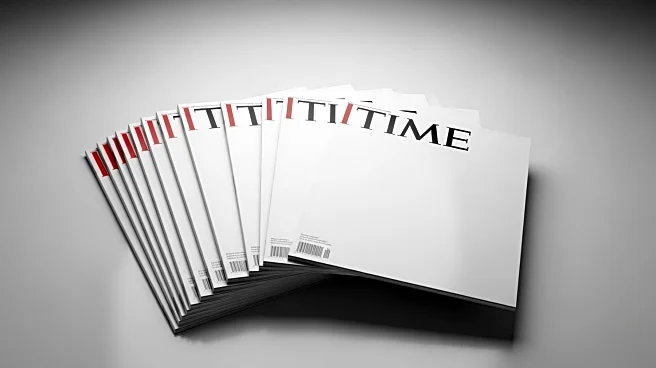What's Happening?
A recent Time Magazine cover featuring President Trump has sparked controversy due to its perceived resemblance to a historical photograph of Alfried Krupp, a convicted Nazi war criminal. Krupp, who was
convicted at the Nuremberg Trials for war crimes, was a prominent German industrialist during World War II. The resemblance between Trump's pose on the cover and Krupp's pose in a 1963 Newsweek photo has led to widespread discussion on social media. Time Magazine has denied any intentional connection between the two images, but the visual similarity has struck a nerve, especially given President Trump's authoritarian tendencies during his second term.
Why It's Important?
The controversy surrounding the Time Magazine cover highlights the sensitivity of historical imagery and its impact on public perception. The comparison to Krupp, a figure associated with war crimes and exploitation, raises questions about the portrayal of political figures and the implications of such imagery. This incident underscores the importance of media representation and the potential influence of visual cues on public opinion. It also reflects ongoing concerns about President Trump's leadership style and its historical parallels, which could affect his political standing and public support.
What's Next?
The debate over the Time Magazine cover may lead to further scrutiny of media portrayals of political figures, particularly in the context of historical references. Stakeholders, including media outlets and political analysts, may engage in discussions about the ethical considerations of such imagery. Additionally, President Trump and his administration might address the controversy to mitigate any negative impact on his public image. The incident could also prompt media organizations to be more cautious in their editorial decisions, especially when dealing with sensitive historical comparisons.
Beyond the Headlines
The incident raises broader questions about the role of media in shaping political narratives and the ethical responsibilities of journalists in representing historical figures. It also highlights the cultural dimensions of visual representation and the potential for imagery to evoke strong emotional responses. The comparison to Krupp may lead to discussions about the legacy of historical figures and their influence on contemporary politics, as well as the importance of historical awareness in media consumption.











